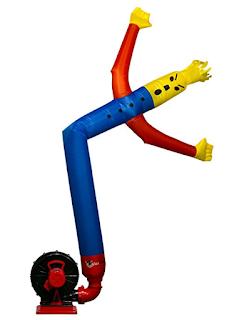For the past 3 years I've been pronouncing this grape "Foke" to rhyme with "poke." It turns out it is a soft "ch" sound, as in "gauche." It will take me a couple of months to unlearn my old incorrect pronunciation.
As mentioned in an earlier post, the critters were taking this grape first. I later noted a trail from the back corner of the vineyard, and the Foch is the first grape these critters would encounter on the trail to dinner. After the first three vines were stripped clean despite bird netting, I decided it was time to pick, because at that loss rate, there would be no grapes left by my next picking opportunity.
 |
| Before |
 |
| After |
We picked August 17th, about 190#. Crushing and destemming yielded 68l must, with starting pH 3.09, SG 1.076. I didn't write down the TA but I think it was 14. I protected with SO2 but underdosed initially and had to go back a day later and make up the difference. I added 120g calcium carbonate using the double salt technique and this time, the pH was high enough in the small batch.
Some of the usual additions...
- 1.5g Lallzyme EX
- 1/2c heavy toast oak chips
- 1c light toast oak chips
- 4T pectic
- 3T tannin
...and then a 4 day cold soak. After rewarming, I added 1680g sugar to get to 1.090, and another 38g calcium carbonate. The final pH came to 3.48, which is fine because we're not after California Cab with this wine; we're after a red that can pair with food more like a pinot noir.
By the time I was ready to pitch the yeast, we already had a cap. I went with 71B because I imagine the malic to be very high in this wine. It was rehydrated with GoFerm and pitched. A day later I realized I didn't have the usual Booster Rouge and Opti-Red, so I made those additions, 8g each, later than usual. At that point I co-inoculated VP41. I didn't have any Acti-ML so I just rehydrated with spring water and fed with Opti Malo. Keeping fingers crossed on the MLF.
Two days after pitching the yeast, the SG was already down to 1.025. So the plan to step-feed was abandoned and I dosed one last time with Fermaid O. The following day it was 1.003 and I pressed, yielding 13g free run and 1g of pressed wine. Two days later, on August 27th, I racked off the gross lees and added oak cubes 10/gal. Hybrid reds are notorious for their post-fermentation color instability. Supposedly you can address this with the addition of grape tannins post ferment, but after pricing grape tannin I went with regular tannin, 1/2tsp/gal. This is double the usual dose of tannin - one regular dose preferment and a second dose post-ferment. This will be the plan with Frontenac as well.
I've heard from more than one source that Foch is a "love it or hate it" sort of wine. We had some for the first time in Wisconsin last month and we didn't hate it. Fingers crossed.


























